Installation 2015 at The Injuries are here, Musée Cantonal des Beaux Arts de Lausanne, Lausanne
nothing too see
The legal notion of reparations for historical wrongs is a product of US jurisprudence that is now recognized and applied internationally. Its claim is that History is now subject to trial, that reparations can now be sought on the basis of historical prejudice materially, politically and symbolically.
MMK Frankfurt 2016
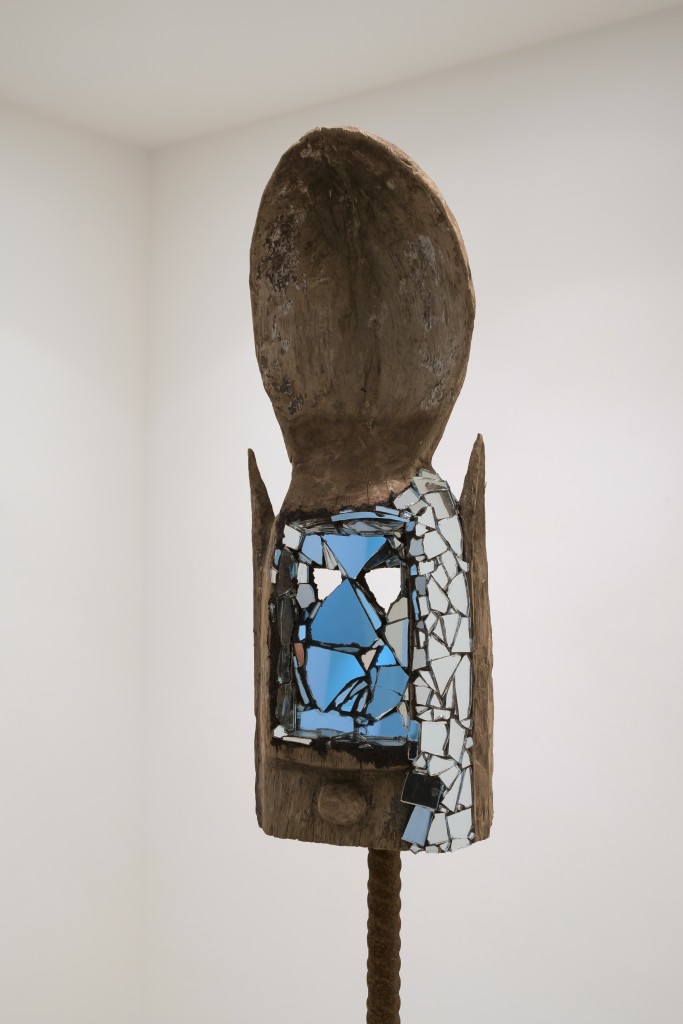
Sculpture, wooden Dogon mask, mirror, metal base
Kunsternes, Oslo, Norway, 2009
CCC de Tours
Collection Lambert
Installation 2015 at The Injuries are here, Musée Cantonal des Beaux Arts de Lausanne, Lausanne
«From Antiquity, we have believed that we build, deconstruct, and rebuild, while all we do is repair.» — Serge Gruzinski
1. Reappropriation (más…)
Centre de Création Contemporain de Tours, 2009
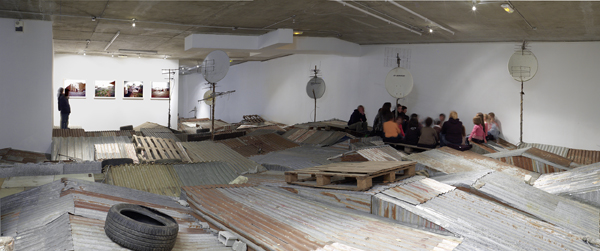

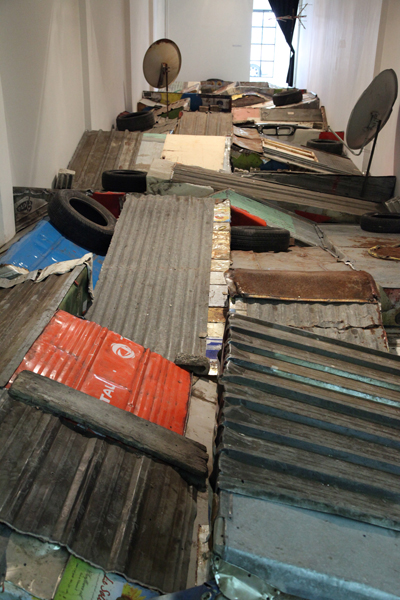

Sala de Arte Público Siqueiros, 2009/2010
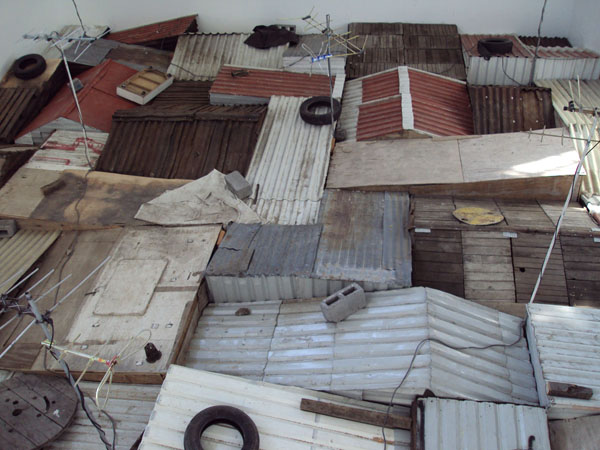
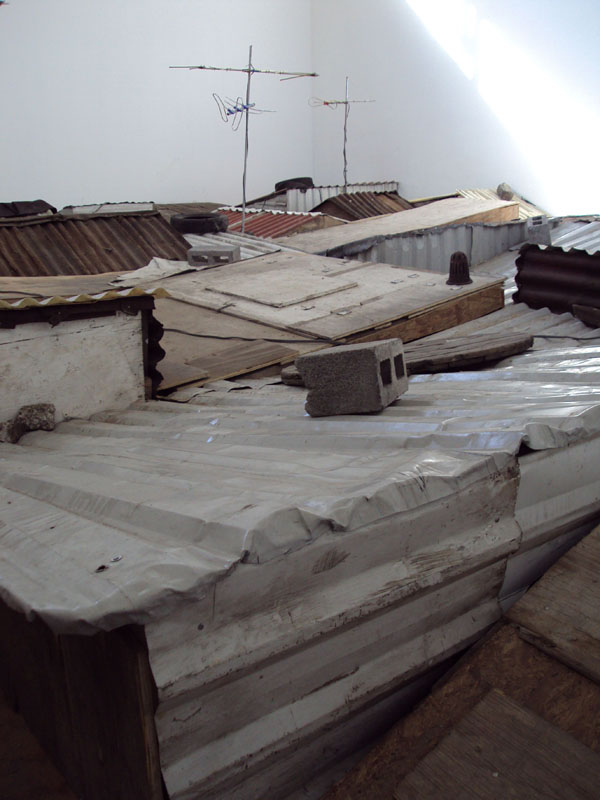
Biennale of Sydney, Sydney / Australia 2010
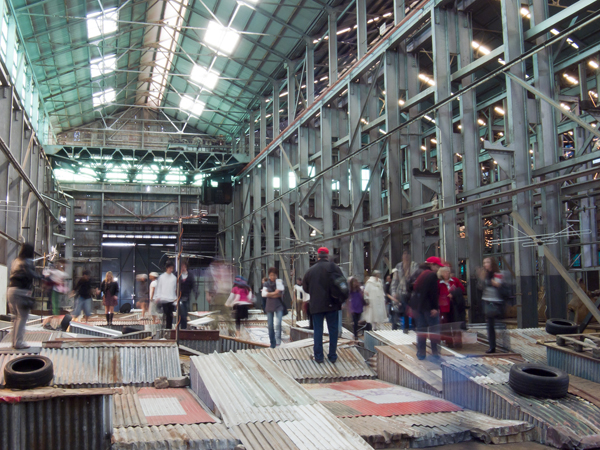
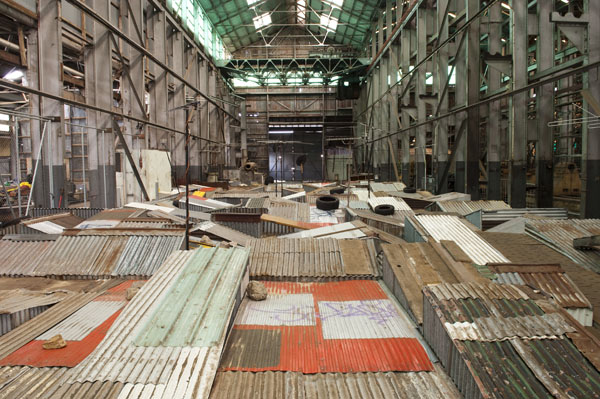
Culturgest Fundação Caixa Geral de Depòsitos, Lisbon
Centro Atlántico de Arte Moderno, las Palmas de Gran Canaria, Spain, 2008
Galleria Continua, San Gimignano, Italy, 2012

We remember Holy Land (2006), this Canary seashore that Kader Attia turned into a cemetery. It is on a similar strand that motor-boats unship stowaways who are in search of a promised land, at least those who didn’t disappear swallowed up by the waves.
My name is Kader Attia, I grew up between France and Algeria.
Until the age of 12, my parents were not decided to stay at the same place. So I was going back and forth between Algeria and France, between an Oriental and an Occidental world.
(más…)
According to several postmodern philosophers and other theoreticians of Architecture, from Foucault to Lyotard and Charles Jencks, modernity is said to have started with the Renaissance.If I reach into my cinematographic memory and remember the movie 2001: A Space Odyssey (1968), I tend to believe otherwise.
(más…)
A line cuts through a town square and divides public space in two. As a result of this action a boundary has been created,
(más…)
Baltic Center for Contemporary Art, Newcastle, UK, 2007
Centre Georges Pompidou, Paris, France, 2010
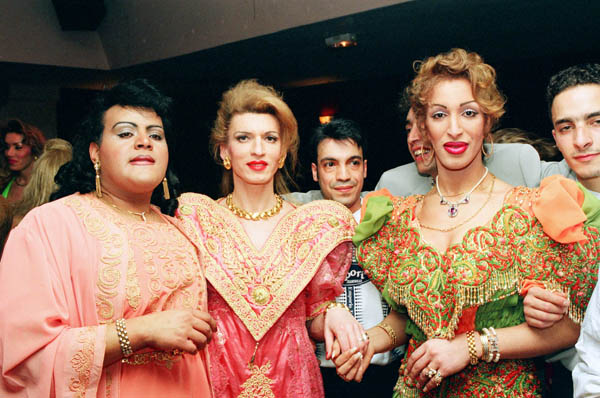
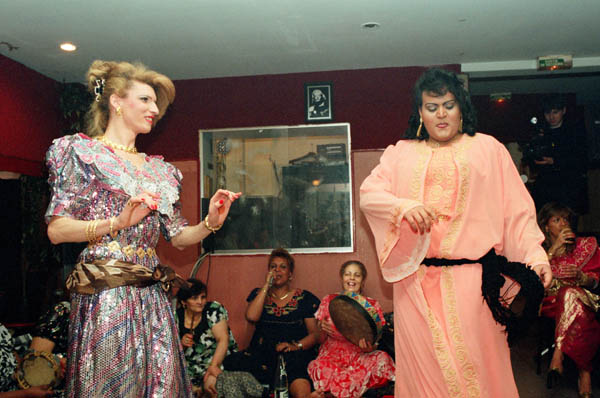

Galerie Christian Nagel, Berlin Germany, 2007
Stiftung Federkiel – Halle 14, Leipzig / Germany, 2007
Galerie Krinzinger, Vienna / Austria 2008
Collection of the Fond National d’Art Contemporain, Le Tri Postal, Lille / France 2010/2011
© maxime dufour
Galerie Christian Nagel, Antwerp, Belgium 2012

Deichtorhallen Hamburg, 2011/12
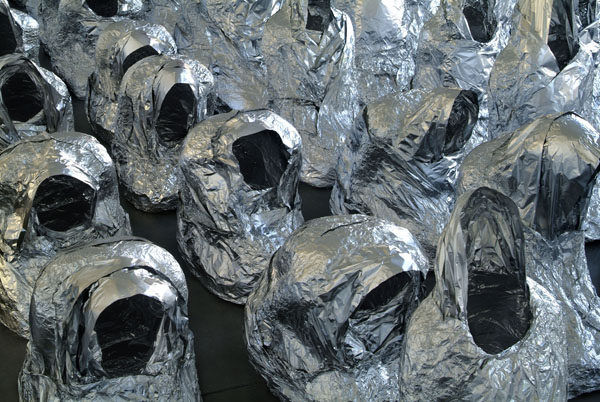
Centre Georges Pompidou, 2012
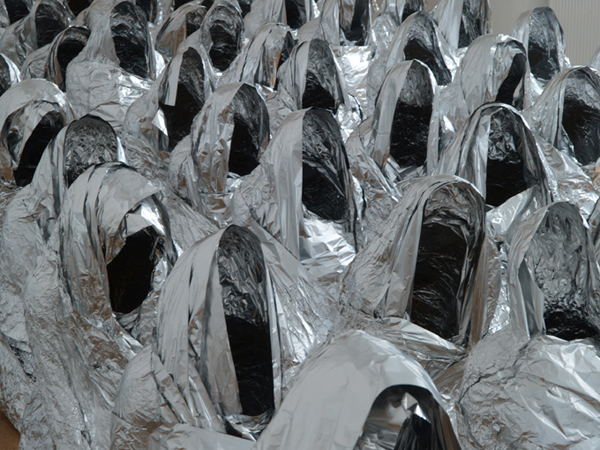
Kobena Mercer: Art and architecture have become increasingly closely connected, but in con- trast to artists whose sculpture explores the purely formal properties of space, or architects who have constructed gallery spaces for the exhibition of art, your work has a strong historical or even archeological dimension with regards to our understanding of architecture in colonial or post-colonial contexts. How did your research interests in colonial architecture come about, and how would you characterize the conceptual issues that you set out to explore in works such as Kasbah (2007)?
(más…)
Our economy is a system in which amnesia and sophism fuel short-term vision and thought. People do not invest in a real thing anymore. Today, it is always about “the option to buy” any and every commodity.
(más…)
Aesthetic, cultural, philosophical and social theories all buttress the conceptual underpinnings of Kader Attia’s installations, photographs and films.
(más…)
Kader Attia is captivated by what happens in the space between things. He often inverts the traditional figure /ground relationship, focusing, for instance, on the environment created between two buildings rather than on the buildings themselves.
(más…)
My researches have led me to be more and more interested in the notion of «signs of reappropriation». It is important for me, especially when talking about some «post-modernist» architectural theories that were experimented early 50’s, in Algeria, by Fernand Pouillon, and then implemented in the French banlieues, before being spread all around the world.
(más…)
My researches have led me to be more and more interested in the notion of «signs of re-appropriation».
The implications of Kader Attia’s installation Kasbah, 2009, extended well beyond the gallery’s bare concrete walls and low, unfinished ceilings.
(más…)
Kader Attia conceived the sublimely dangerous installation, Alpha Beta at a time, perhaps surreptitiously, when knife crime in London hit headlines in tabloids and dailies in the United Kingdom and abroad.
(más…)
Octavio Zaya- In a recent statement that you made public during your exhibition at the Henry Art Gallery in Seattle (USA), you mentioned that you have been questioning political issues through art, and that from the resulting reflections you have taken “a more critical step”, questioning “the limits of these discourses” in the face of everyday life. Could you elaborate on these “critical steps” and on what is it that you understand as the “limits” of these political discourses?
(más…)
I have been thinking about the notion of boundary — geographical, cultural, sexual, religious, philosophical — for a long time. I am interested in that issue, notably through the way architecture and urbanism have an impact on peoples’ everyday life, and particularly the way power has always used them to oppress pop- ulations.
(más…)
For several years now, I have been questioning political issues through Art, conducting my researches on these topics always in the light of psychoanalysis and philosophy. As someone born in France from Algerian parents, my childhood, spent between France and Algeria, has led me to feel close to Oriental and Arab philosophy, as well as to Occidental philosophy.
Reason demonstrates that the order of things does not only lean on a system based on comparisons or similarities (Rene Descartes, Les Regulae).Indeed, through inference, we can also assimilate differences between things, as analogies that bind things together.
(más…)
The body of work which has won Kader Attia recognition and acclaim is customarily considered through the popular cliché concerning the simplistic opposition between East and West.
From La Piste d’atterrissage (The Landing Strip, 2000–02) to Rochers Carrés (Square Rocks) and Casbah (2008), Kader Attia has come a long way.
For Momentum 9, French artist Kader Attia uses simple materials—foam-padded cots bearing the imprints of bodies—create a poetic meditation on childhood, absence, and community (see p. TK). Chief Curator Nicholas Baume spoke with Attia recently about his creative approach, the threads that unite his works, and the importance of emptiness.
(más…)
One motivating question informs all of Kader Attia’s art: how to find in his own experience a chain of ideas that will lead him to the poetic, transformative work of art.
(más…)
Kader Attia belongs to a special breed of artists, who in another incarnation might have become anthropologists or scholars of culture. As a member of the north-African community in Paris, Attia examines the conflicted identity of his uprooted culture vis-à-vis the seductiveness of consumer culture and the Western world of material abundance.
(más…)
For several years now, I am questioning fundamental issues through Art, conducting my research- es on these topics always in the light of philosophy, psychoanalysis and poetry.